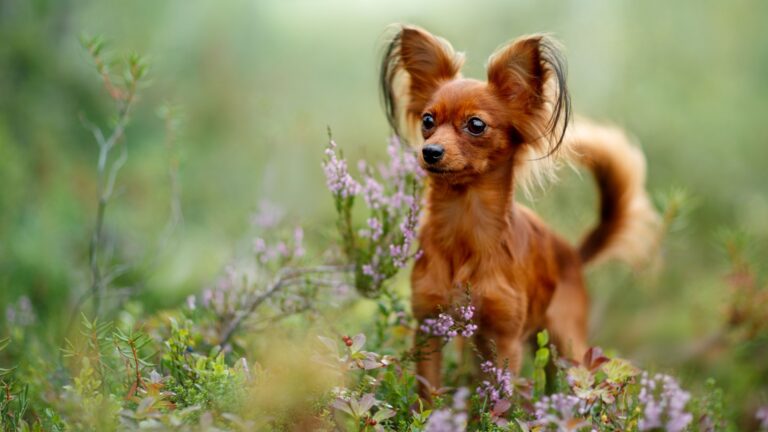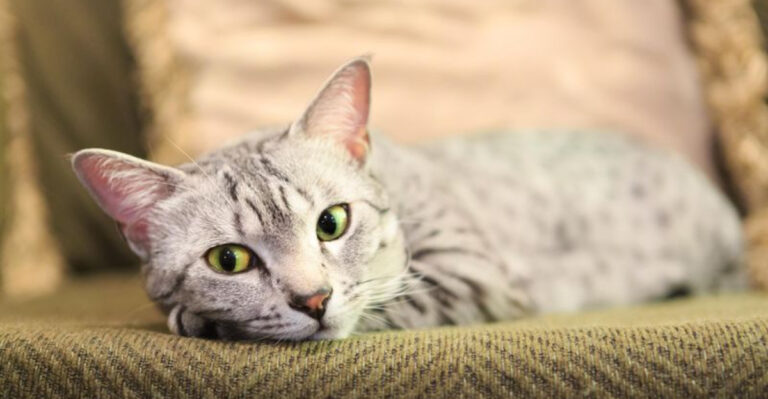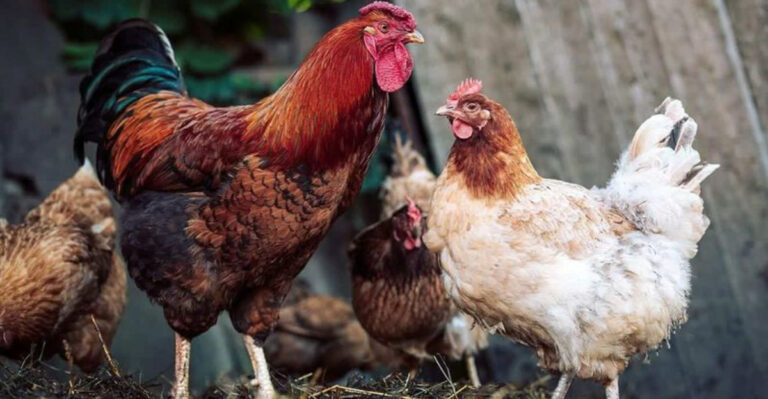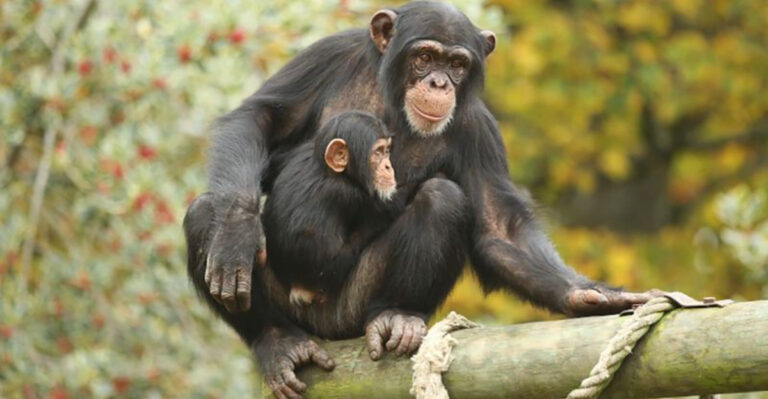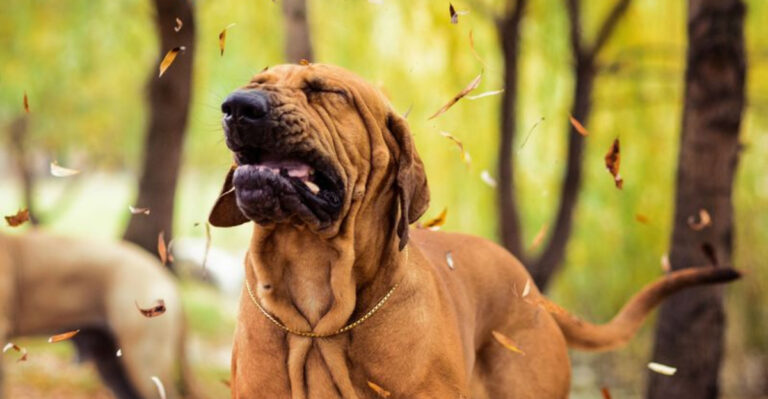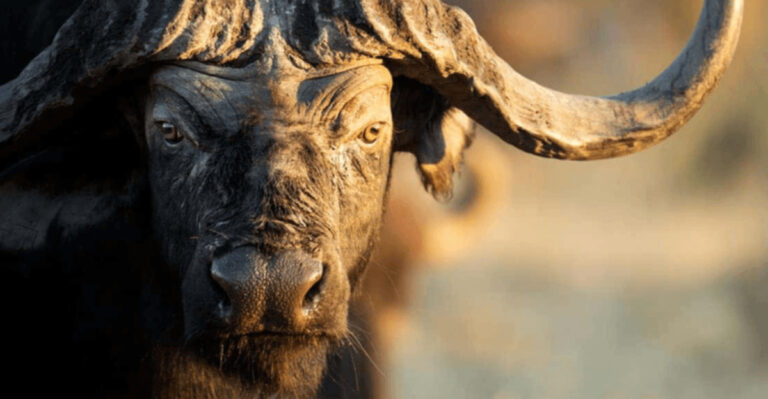The Quiet Comeback Of The Lynx In America’s Forests
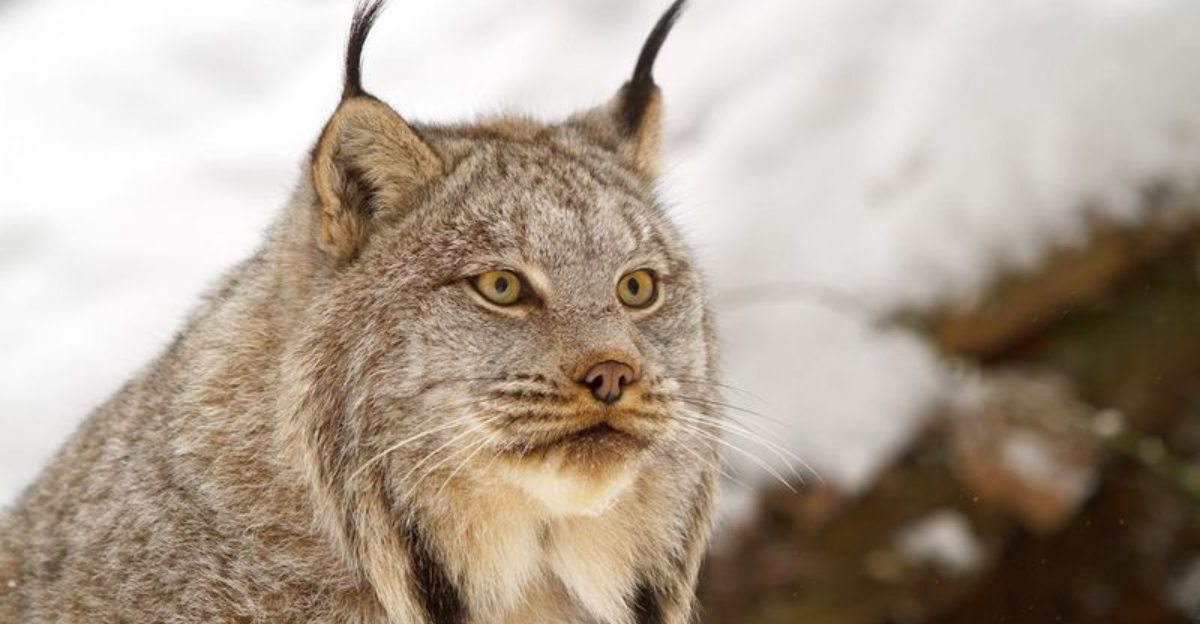
Have you ever heard the soft, secretive rustle in the woods? It might just be the lynx making its quiet return to America’s forests.
This elusive cat, with its tufted ears and mysterious aura, is silently padding its way back, leaving paw prints on the path to recovery. Join me on this captivating journey as we uncover the fascinating story of the lynx’s comeback.
From its historic decline to the modern conservation efforts, each point offers a unique glimpse into the life and challenges of these magnificent creatures. Ready to explore? Let’s dive into this wild tale!
1. A Look Back At Their Decline
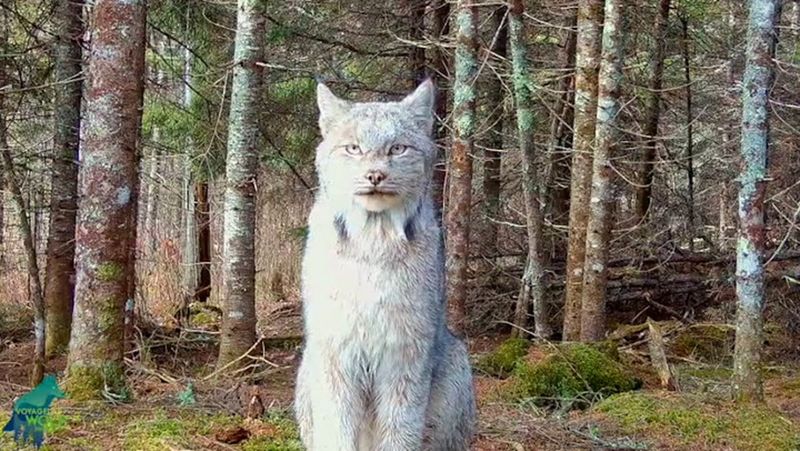
Once upon a time, the lynx roamed freely across North America. By the late 1800s, their numbers dwindled due to hunting and habitat loss.
As the world changed, so did the lynx’s fate. With fur prized for its beauty, these animals faced relentless hunting. The silent forest, once filled with their whispers, echoed with their absence.
Understanding their past struggles is crucial to appreciating their present comeback. Only by acknowledging history can we pave the way for a brighter future.
2. Defining Features Of The North American Lynx
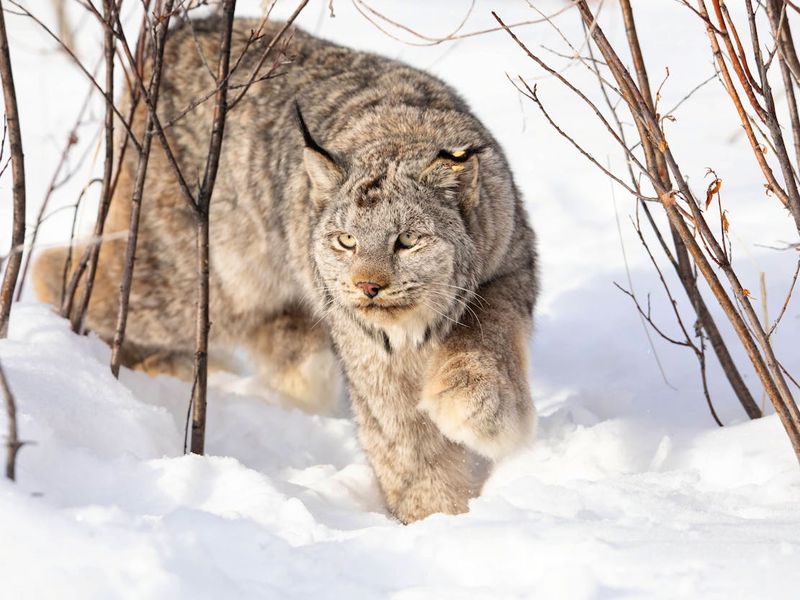
With its tufted ears and piercing gaze, the North American lynx stands as a symbol of wilderness.
Unlike other cats, the lynx sports a unique facial ruff that adds to its allure. These features aren’t just for looks – they play an essential role in survival.
Their broad, snowshoe-like paws allow them to move gracefully across deep snow, making them masters of their icy domain. Isn’t nature’s design simply fascinating?
3. Why The Snowshoe Hare Matters So Much
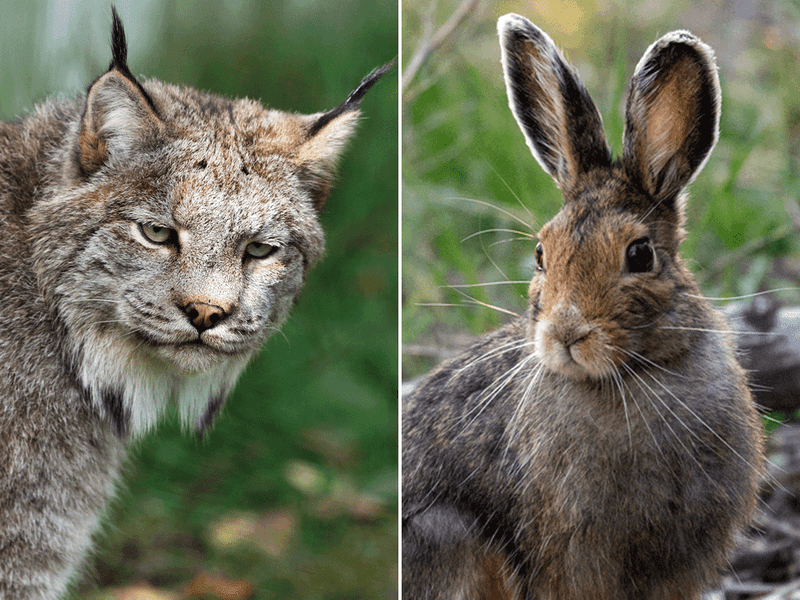
Did you know the snowshoe hare is the lynx’s main food source? Imagine a delicate dance of survival, where the hare and lynx are intricately linked.
Their populations rise and fall together, a testament to nature’s balance. When hare numbers dwindle, the lynx faces starvation, highlighting the fragility of their ecosystem.
This relationship underscores the importance of preserving both species. By protecting the snowshoe hare, we indirectly safeguard the lynx, ensuring both continue to thrive in their natural habitat.
4. Where Federal Protection Stands Today
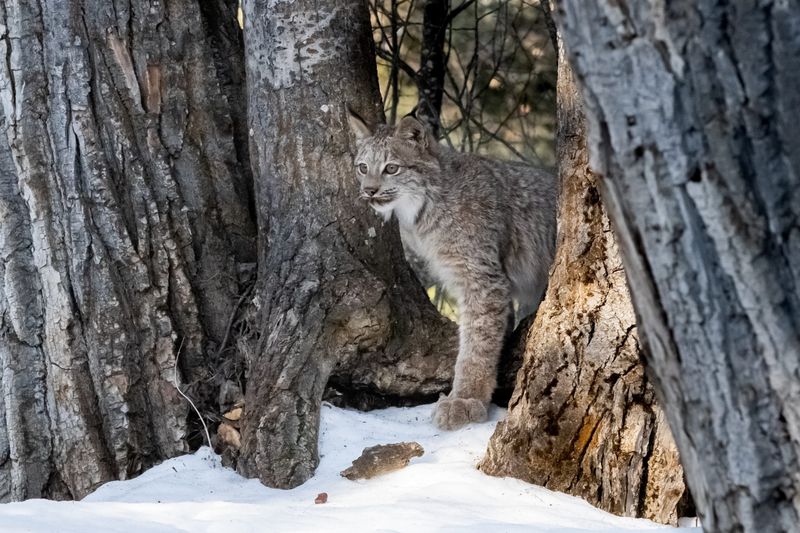
Federal protection plays a crucial role in the lynx’s recovery. The Endangered Species Act has been pivotal in offering this legal shield, restricting hunting and habitat destruction.
Yet, challenges remain as policies evolve and adapt to new pressures.
Continuous advocacy ensures these protections stay robust, providing the lynx a fighting chance. It’s a testament to how legal frameworks can protect nature’s wonders when wielded wisely.
5. Colorado’s Success Story In Reintroducing Lynx
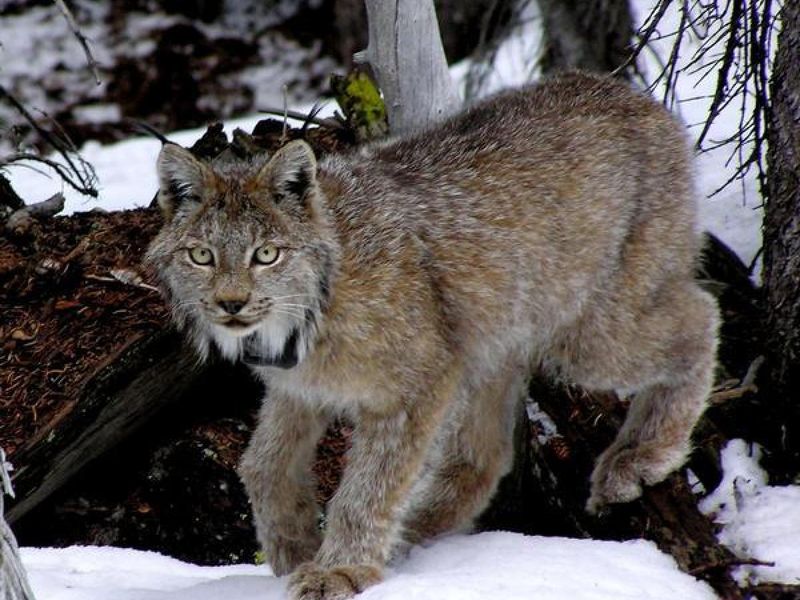
Colorado stands as a beacon of hope in lynx conservation.
In the late 1990s, a bold reintroduction program released lynxes into the wild, marking the beginning of a remarkable success story. The state’s commitment to this cause has seen populations steadily increase.
This achievement highlights the power of dedicated conservation efforts, inspiring other regions to follow suit and fostering a sense of optimism for the lynx’s future.
6. Signs Of Natural Return In The Northeast
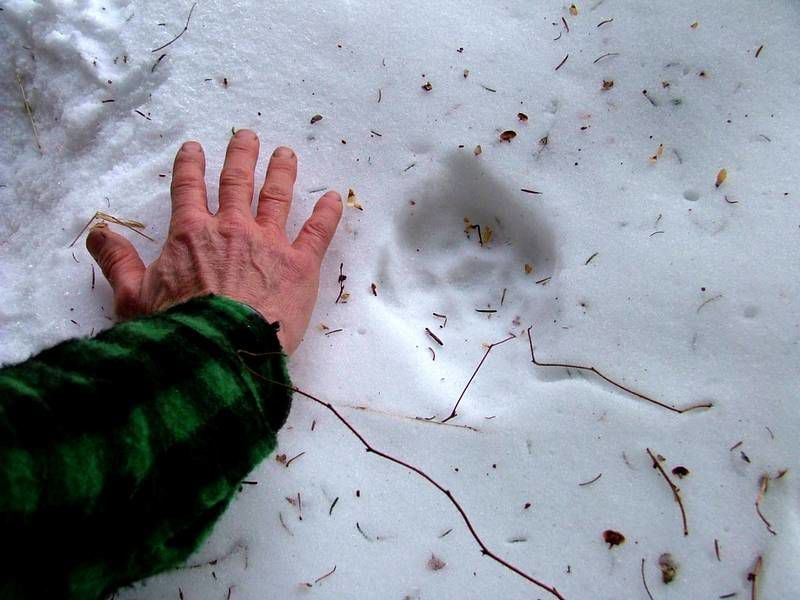
In recent years, whispers of lynx sightings have surfaced in the Northeast. This region, once devoid of these cats, now sees signs of natural return, a hopeful indicator of ecological balance.
Such sightings hint at a slowly recovering population, adapting and thriving amidst challenges.
It’s a gentle reminder that nature, when protected, can heal itself, allowing the lynx to once again grace these ancient woods.
7. Ongoing Recovery Efforts In Western States
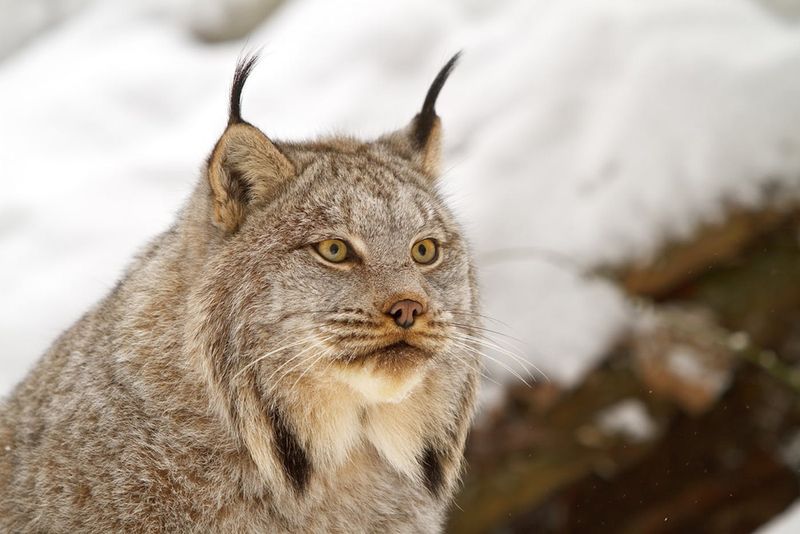
In the Western states, recovery efforts are in full swing. These efforts involve habitat restoration and conservation strategies tailored to lynx needs.
By collaborating with local communities, they create sustainable environments for these cats.
Such initiatives highlight the collaborative spirit required to safeguard wildlife. It’s a testament to human ingenuity and determination in restoring natural harmony, one paw print at a time.
8. The Difficulty Of Tracking These Elusive Cats
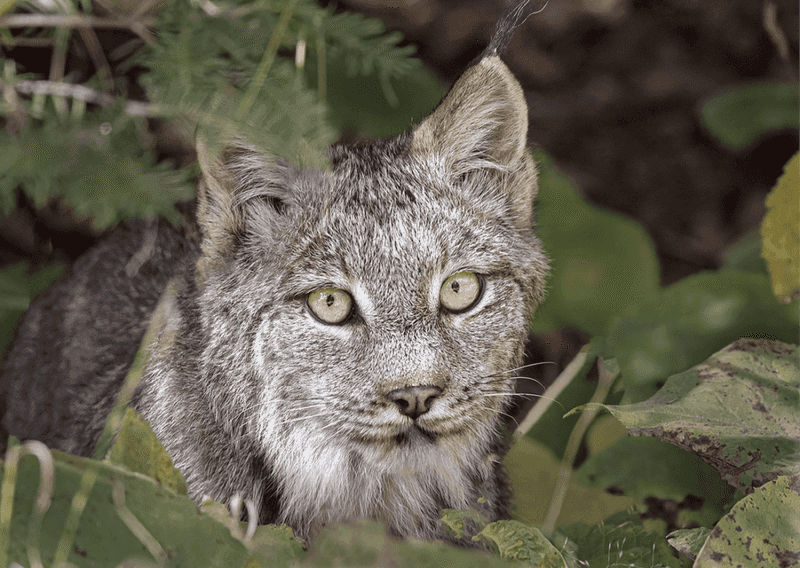
Tracking a lynx is like chasing a shadow. These elusive cats move with such stealth, leaving only fleeting glimpses.
Their solitary nature and vast territories make them a challenging subject for researchers. Yet, technology like GPS collars offers a glimpse into their secretive world.
The difficulty of tracking them underscores the importance of innovative methods in wildlife research. It’s a dance of patience and persistence, unveiling the mysteries of the wild.
9. Climate Change And Its Growing Impact
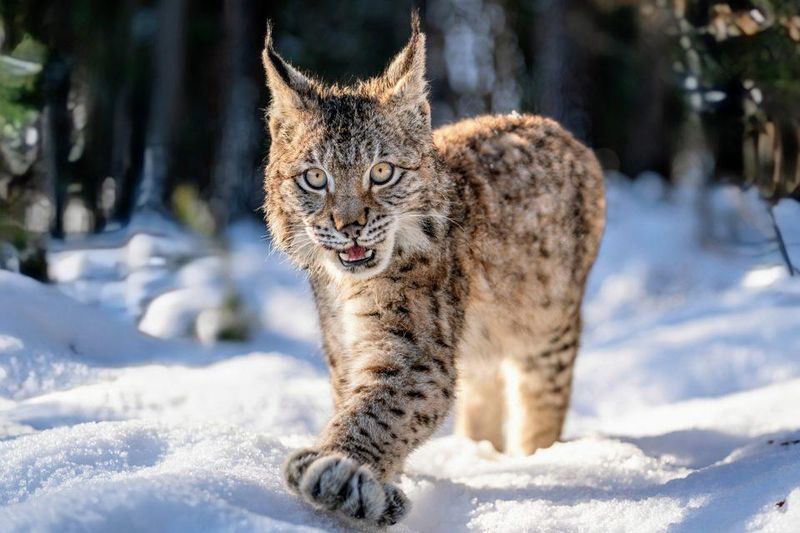
The warming world poses a silent threat to the lynx.
As climates shift, the lynx’s habitat and prey dynamics are disrupted, threatening their survival. It’s a stark reminder of the interconnectedness of ecosystems and the need for immediate action.
By addressing climate change, we not only protect the lynx but also preserve the fragile balance of nature. It’s a call to action for all who cherish the wild.
10. How Lynx Recovery Affects Forest Ecosystems
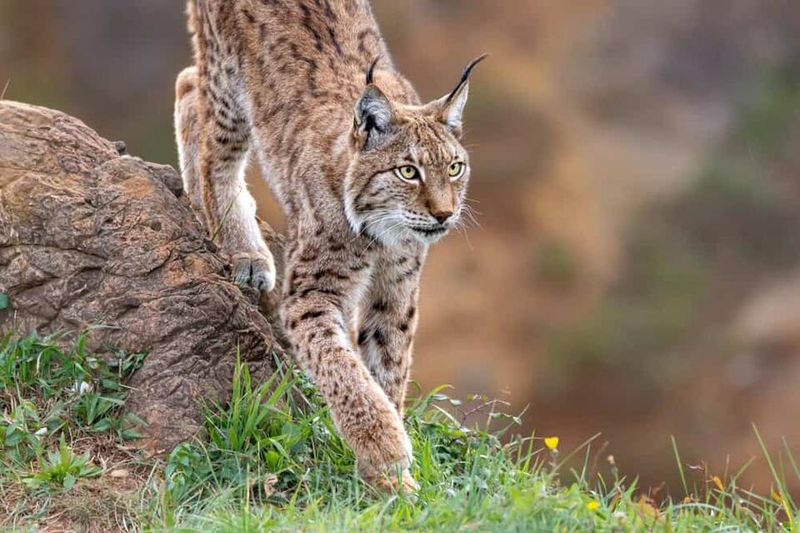
The return of the lynx heralds positive changes for forest ecosystems. This predator-prey relationship regulates populations, promoting biodiversity. It’s a ripple effect, benefiting other wildlife and plant life.
Their comeback is a testament to the intricate connections within nature, highlighting how one species can influence an entire habitat. It’s a beautiful symphony, orchestrated by the return of this magnificent cat.
11. Navigating Life Near Human Development
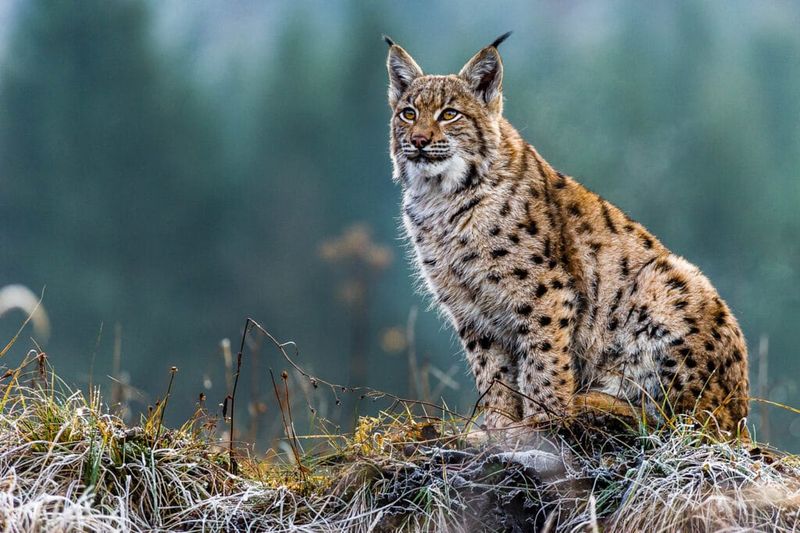
As human development encroaches on natural habitats, lynxes adapt with caution.
These cats exhibit remarkable adaptability, yet face risks from roads and urban sprawl. Balancing coexistence requires mindful planning and wildlife-friendly practices.
By fostering environments that respect wildlife boundaries, we pave the way for harmonious living. It’s a delicate dance, ensuring the lynx’s survival amidst growing human presence.
12. What’s Next On The Road To Full Recovery
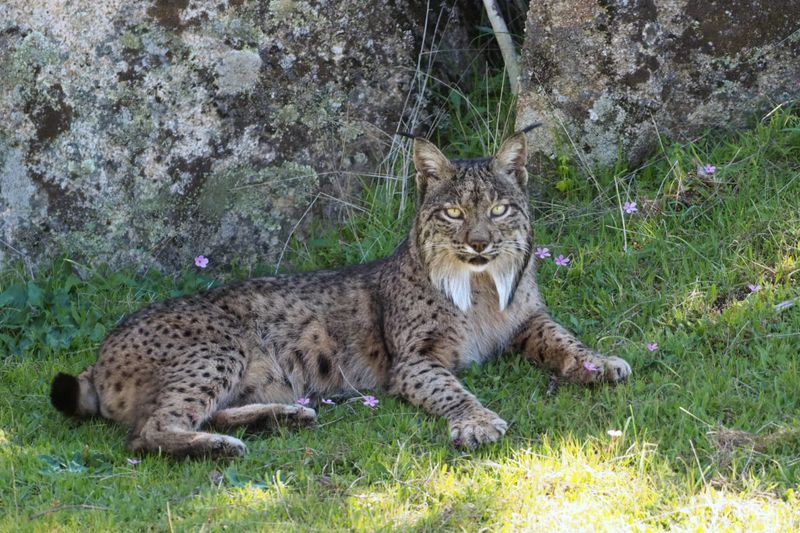
Looking ahead, the road to full recovery is paved with hope and challenges. Ongoing conservation efforts aim to ensure stable populations, adapting strategies to evolving threats.
Community involvement and education play crucial roles in sustaining momentum.
It’s a journey of resilience, where every step taken brings the lynx closer to a secure future. Let’s walk this path together, celebrating each milestone in the lynx’s remarkable comeback.
13. Lynx’s Stealthy Return To Northern Forests
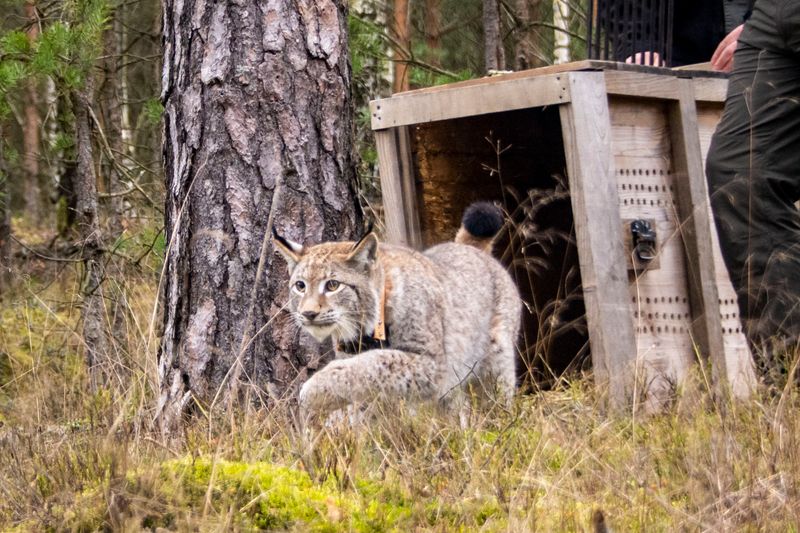
In the hushed corridors of the northern forests, the lynx weaves through the shadows like a ghost. With their tufted ears and piercing eyes, they seem almost mythical. The lynx’s return to these woods signals a shift in the balance of nature.
Once, these cats roamed freely, their presence as vital as the towering pines. Now, with careful conservation, they tread softly on the forest floor again, reconnecting with their ancient domain.
14. Resilient Lynx And Their Prey Interactions
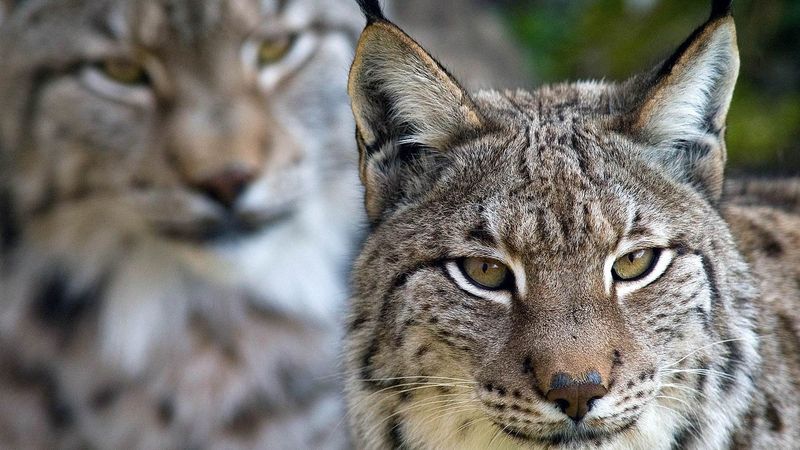
Among the whispering trees, the lynx lives in a delicate dance with its prey. Their preferred meal, the snowshoe hare, plays a pivotal role in their survival. As hare populations fluctuate, so does the lynx’s fortune.
This predator-prey bond illustrates a fragile yet enduring relationship, crucial for the ecosystem’s health. The lynx relies on its keen senses and agility to maintain this balance.

